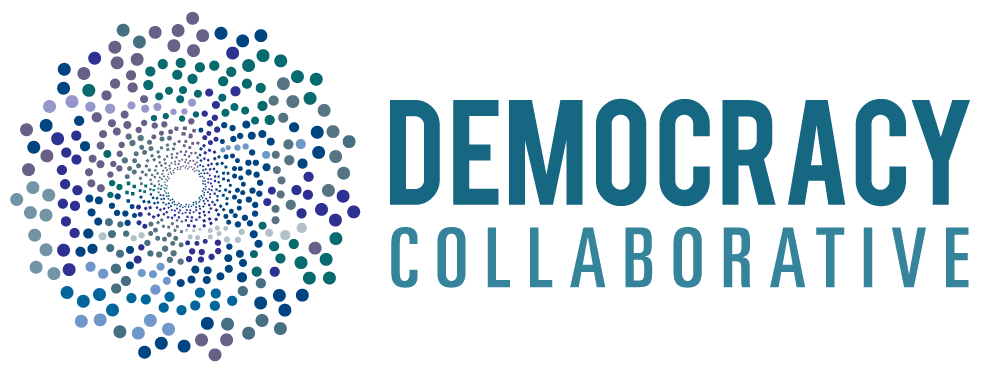State public pharma policy toolkit
Introduction
Americans pay extremely high prescription drug prices — nearly double that of other wealthy nations. This creates a financial burden, with 83% of Americans agreeing that prescription costs are “unreasonable.” What’s more, high drug prices impact whether people actually take their medications. 29% of Americans say that in some cases, they can’t afford to take their medication as prescribed.
Pharmaceutical companies argue that high prices are a necessary cost for world class research and development (R&D) enterprises. This is not borne out in the data, however — studies find no correlation between the price of a drug and the cost of development. Pharmaceutical companies don’t set drug prices merely to earn back the costs of drug development — they find the price that will maximize profit, given market conditions, regardless of what it cost to develop the drug.
The enormous investments (both public and private) we make into the pharmaceutical industry accrue almost entirely to private beneficiaries—principally a small group of shareholders and industry executives. This contributes to growing health and economic inequality, as well as rising healthcare costs. In a sector like this with high initial costs and powerful incumbent players, markets are often far from competitive. This market concentration has produced numerous market failures, which can have disastrous consequences. Even beyond skyrocketing prices, a pharmaceutical industry oriented principally around achieving ever-greater returns for shareholders has produced routine shortages of essential medicines, declining innovation in many critical areas, a glut of "me-too" drugs with little clinical benefit, and incentives for misuse and dangerous mislabeling of medications.
Beyond economic issues, the pharmaceutical industry also harms our democracy and political process. With a strong lobbying effort and massive amounts of money in politics, some have called Big Pharma the epitome of regulatory capture. The public sees this happen and loses faith in our elected officials to make good decisions, instead becoming more susceptible to outrage and disinformation.
There is no shortage of proposals to address these issues. Some think that we should simply strengthen regulations on pharmaceutical companies, while others propose increased transparency or simple price caps on drugs. Still others advocate allowing Medicare to negotiate prescription drug prices, which the 2022 Inflation Reduction Act allows in a limited number of cases. Though beneficial, none of these reforms change the design of the pharmaceutical industry, leaving room for pharmaceutical companies to find new ways to evade controls. To fully address these issues, fundamental change is needed.
In this spirit, some states are looking to create elements of a “public option” for generic and biosimilar pharmaceuticals. Recent legislation in California, Washington, and Maine — including leaders from both political parties — are good first steps that other jurisdictions can learn from to pass more comprehensive policies.
Public pharma would increase supply and decrease cost for payers (including patients and public purchasers like Medicare & Medicaid, the Veterans Health Administration, and Departments of Corrections). Beyond the obvious benefits of affordable medicine for patients, these proposals would benefit state economies — healthy people are more able to participate in the workforce, pursue an education, and engage in local economic activity. Public production also returns revenue to public balance sheets and provides good jobs (themselves an upstream determinant of community health outcomes). What’s more, such initiatives could be the basis for local and regional industrial strategies, based on good jobs rooted in place in an industry that will continue to be critical to the economy and healthcare needs of the nation — these are the manufacturing jobs of our future.
Another benefit of public pharma is the transparency it can provide in what is currently a very opaque sector. Price transparency in the pharmaceutical supply chain has long been a demand of healthcare advocates, and of government officials who want to spend public dollars wisely. While over a dozen states have passed drug price transparency laws, enforcement has proven difficult — private pharmaceutical companies view cost information as a trade secret and work hard to keep it private. Public pharma institutions can enshrine transparency in their mission and operations, finally shedding light on pricing in the pharmaceutical supply chain. In many jurisdictions, public sector institutions are already subject to greater transparency measures than private players, and newly-created institutions can choose to set an even higher standard for transparency.
Ultimately, private pharmaceutical companies will always prioritize maximizing profit at the expense of all other considerations. Only by fundamentally altering the structure of the pharmaceutical sector will we achieve an equitable system. Public pharma allows us to lower costs, improve access to medicine, increase transparency, and reduce regulatory capture by breaking Big Pharma's monopoly over our medicine supply.
Public production of medicines isn't a silver bullet — it does not solve every problem regarding access to medicine and equitable health outcomes. Patent reform, effective use of compulsory licensing, and anti-trust action, and universal health insurance would all contribute to a holistically better system. Nevertheless, state-run public pharmaceutical options in manufacturing and distribution can deliver important gains for patients, return money to public balance sheets, and shore up critical supply chains. Most importantly, they can begin to shift the balance of power from private interests back to the public interest when it comes to the critical and life-saving good of medicine. While waiting for more federal action, states can pursue policies today that start building a more just pharmaceutical system.
Download the full toolkit here
Tom Latkowski is a policy organizer at the Democracy Policy Network and the cofounder of Los Angeles for Democracy Vouchers, where we works on reforming local campaign finance.
Dana Brown is the director of health and economy where her research focuses on health and care systems, the pharmaceutical sector, and economic transformation for health and well-being.

